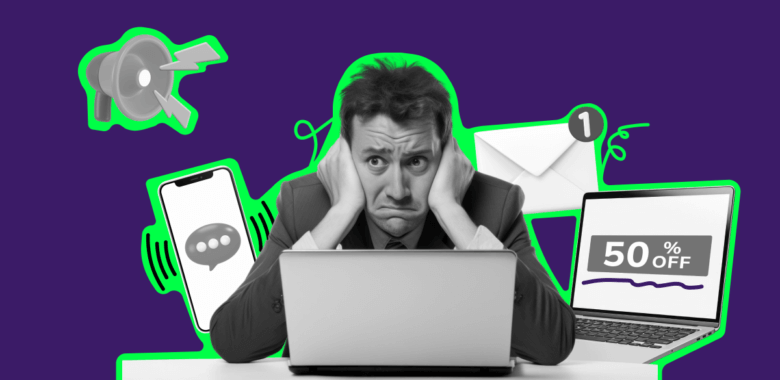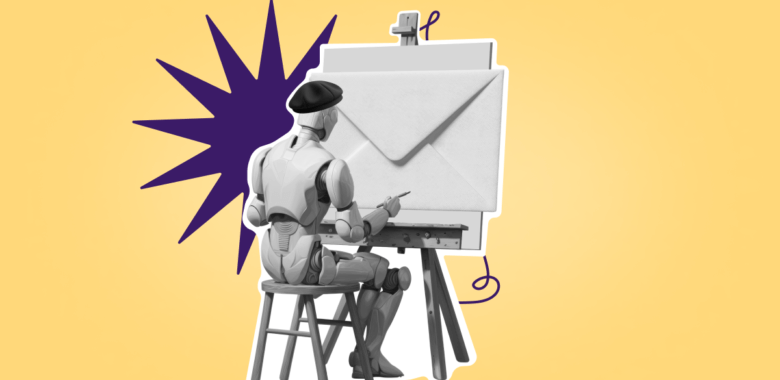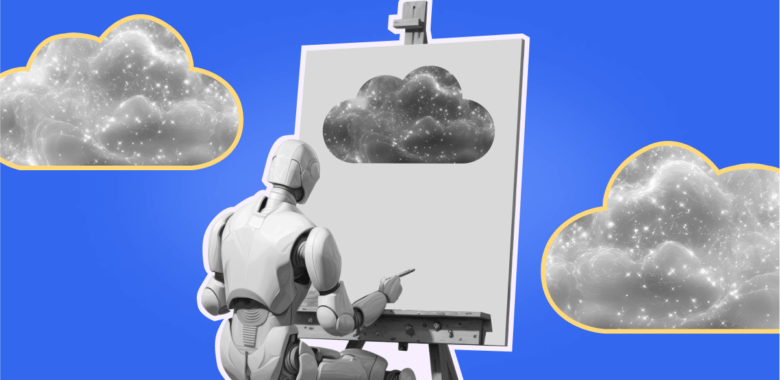How to avoid marketing fatigue?
Fighting marketing fatigue requires a strategic approach to your communications. Let’s explore six practical ways to keep your marketing fresh and engaging.
Segment your audience
Smart segmentation transforms generic marketing messages into targeted communications that resonate.
A classic example is LEGO’s case study. The company used six distinct customer personas, based on purchase and usage rates: from lead users involved in product design to potential customers who haven’t made their first purchase. This detailed segmentation helped LEGO improve its social media strategies and sustained high growth rates. With this approach, they were able to become the world’s fourth-largest toy manufacturer, capturing approximately 6.9% of the global market share and generating $688 million in profits.
Personalize content
Customers expect personalized experiences from brands.
According to Twilio’s report, 57% of consumers say they will spend more on a brand that personalizes experiences. By using marketing personalization you can deliver campaigns and messages that resonate with your audience. Using AI tools and marketing automation can help in creating customized content, improving the customer experience.
Optimize frequency
Finding the right balance in your marketing communications prevents audience burnout.
Recent research suggests that when customers show signs of fatigue, reducing advertising frequency across all channels works better than stopping completely.
The key lies in maintaining consistent but measured communications. Your marketing automation should help regulate message frequency while keeping your overall marketing strategy intact. This balanced approach helps prevent email fatigue and maintains positive customer engagement.
Vary your messaging
Imagine you run a small e-commerce business. Instead of sending the same “10% off everything” email every week, mix up your marketing messages. One week, share tips helpful to your audience through your email marketing. Next, highlight customer stories about how your product helped them solve their burning problem. Then switch to announcing seasonal products through social media posts.
This variety in your marketing communications keeps customers engaged without causing marketing fatigue. Your digital marketing strategy might include educational content, behind-the-scenes looks at your business, and promotional messages, all working together to create an enhanced customer experience.
Monitor engagement metrics
Let’s say you own a local fitness studio. Your marketing automation system shows that your Tuesday morning email about new classes gets high open rates, but your Friday afternoon social media posts barely receive any attention. By tracking these engagement patterns, you can optimize your marketing strategy.
Pay attention to specific metrics:
- Email open rates dropping? Try different subject lines.
- Social media engagement falling? Adjust your posting schedule.
- Click-through rates declining? Review your call-to-action buttons.
- Unsubscribe rates rising? Reduce message frequency.
These insights help prevent marketing fatigue by telling you exactly when and how to adjust your communications for better customer experience.









